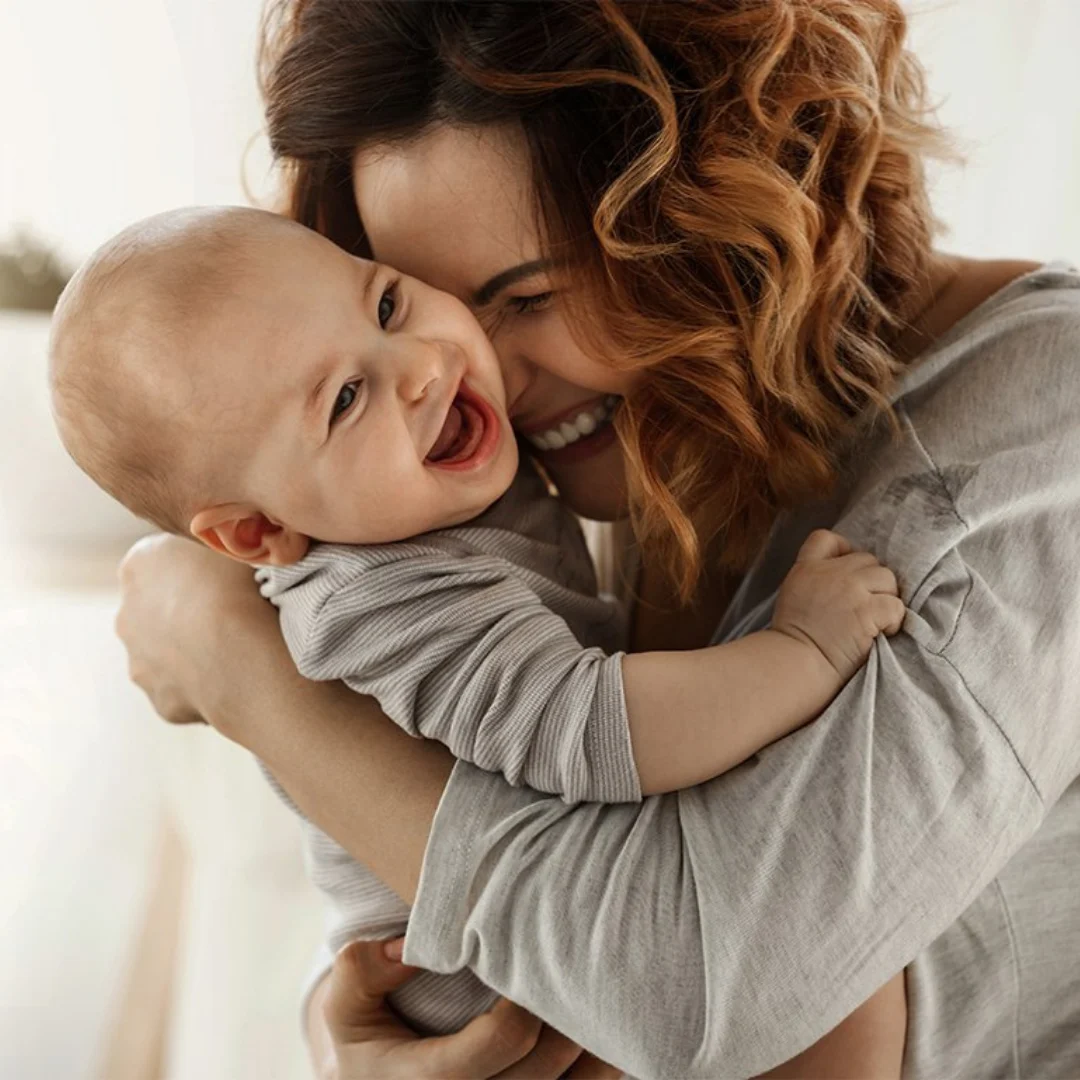I volunteer at my daughter’s school each week, and recently, one of the kids was surprised to learn that my daughter takes dance classes. I asked why he was surprised, thinking we were headed into a typical discussion about gender norms. He said, “Oh, I thought her legs were hurt because she wears those braces.”
Ah, I see where this is going. This unexpected comment opened up a valuable conversation that I was more than happy to engage in. I explained that cerebral palsy is part of my daughter’s life; it’s something she navigates daily. I mentioned that we all have our unique differences, and to my delight, the kids chimed in. One said, “I’m allergic to peanuts,” while another shared, “I can’t eat gluten.” The discussion continued, revealing that many of them had their own challenges. What started as a misunderstanding turned into a meaningful exchange, broadening everyone’s perspective.
I reached out to the parent of the child who made the initial comment, just in case the topic resurfaced at home. She replied, expressing appreciation for my explanation. She mentioned that they were teaching their kids to overlook differences, believing it would help diminish their significance. I completely understand where she’s coming from; I used to feel the same way. Why highlight differences when we can teach our kids to not see them? It seems logical that discussing differences might lead to more questions or awkward encounters. But I truly believe it’s essential to talk about differences with our children.
It’s important to acknowledge that some people have different ways of moving, thinking, or processing emotions. Some might have dietary restrictions or aversions to certain textures. Recognizing that individuals can have various physical abilities, such as being visually impaired or differently abled, is crucial. Discussing these differences can foster understanding and empathy, reminding us that everyone has something that sets them apart.
Growing up, I was considered a bit quirky. I didn’t conform to many of the norms, and honestly, that was easier for me as a girl. I often felt comfortable in my own world, creating stories and spending time alone. I was tall and skinny, often the subject of comments. I dealt with body image issues, like not having curves during puberty and wearing less-than-cool underwear. There were plenty of things that made me feel different, but over time, I’ve grown to accept and love who I am.
My daughter’s differences are more pronounced than mine, as her cerebral palsy affects her daily life. She will always be recognized as “the girl with CP” by some. If given the choice, I’d prefer families teach their kids about her condition rather than ignore it. I’m not advocating for constant discussion about it, but it’s perfectly fine for kids to know and ask questions. Most kids have something unique about them, even if they haven’t thought about it in that way.
Differences are a natural part of life, and ignoring them doesn’t help anyone. By acknowledging differences, we prevent the segregation that can occur based on physical ability or appearance. It’s vital for schools to accommodate all students, including those with unique needs.
I appreciate the mother who brought this topic to light; it sparked a broader conversation for me. Not everyone may agree with my viewpoint, and some people may prefer to keep their differences private. However, for us, being open about my daughter’s CP is beneficial. It’s a part of her identity, and the more we normalize discussing it, the more accepted it will be for her.
In conclusion, let’s encourage our kids to embrace differences rather than overlook them. It’s a conversation worth having.
For more insights on pregnancy and home insemination, check out this excellent resource from the CDC, or explore our post on intracervical insemination to find out more about the topic. Additionally, if you’re interested in tools for home insemination, this kit is a great option.
